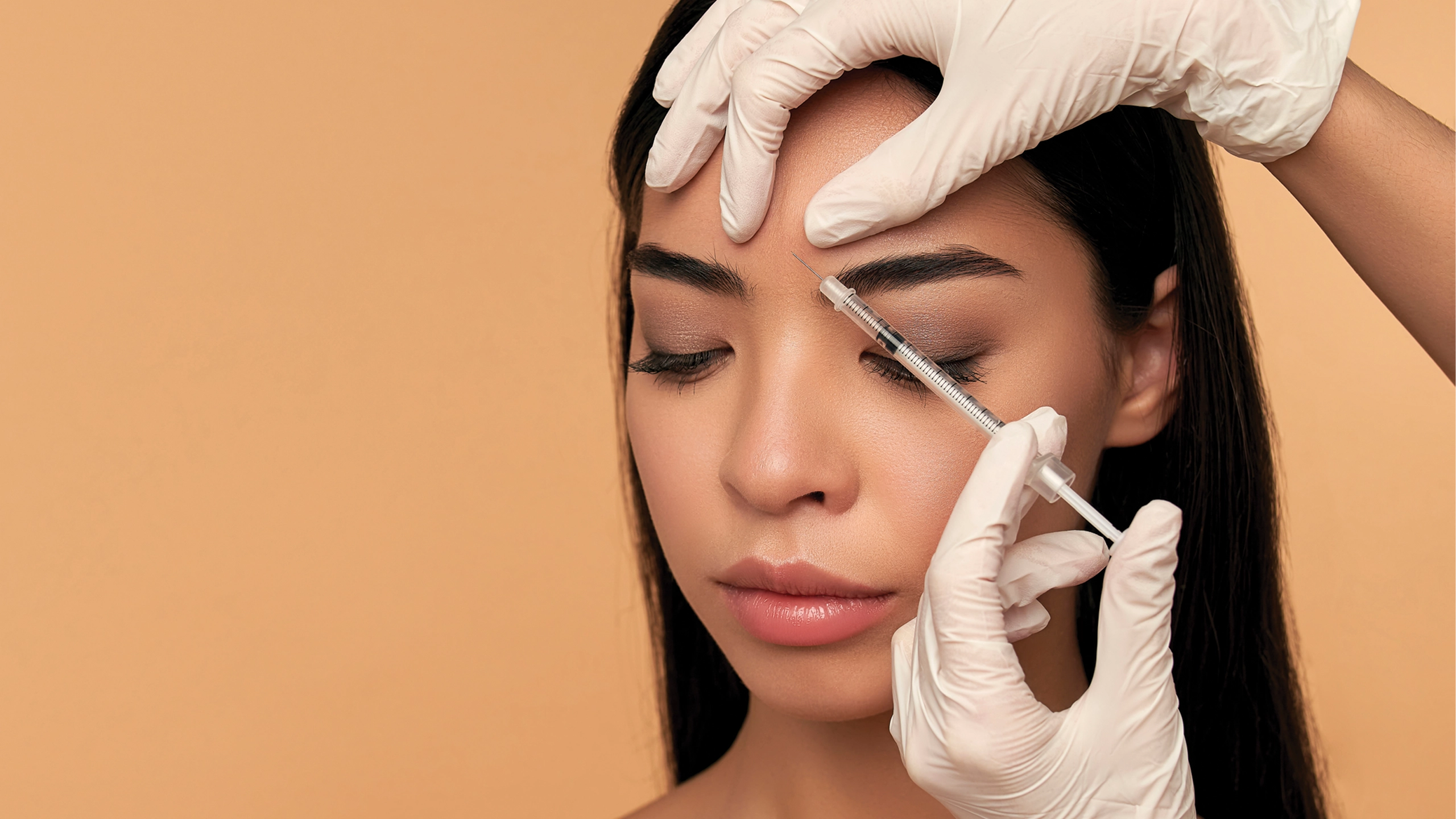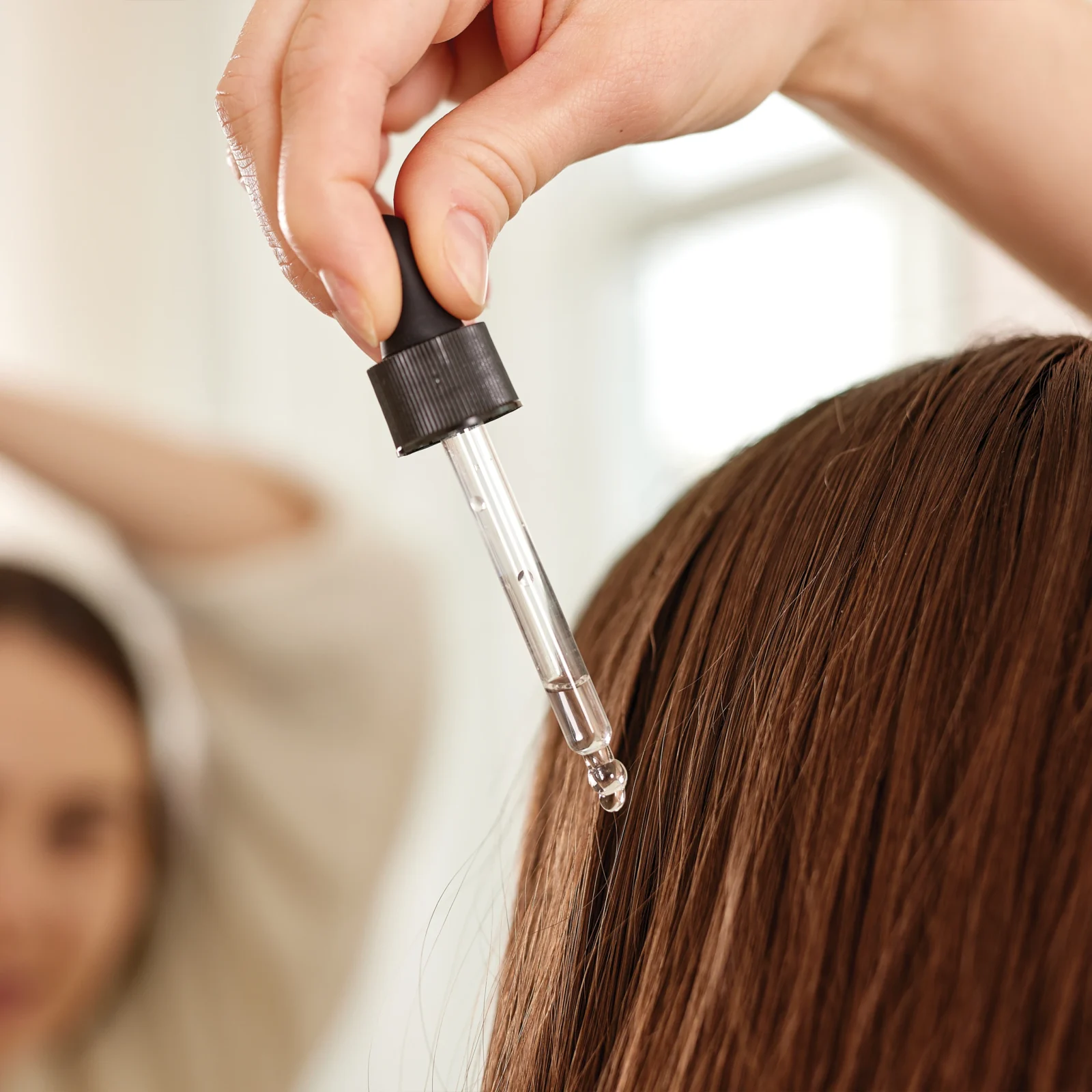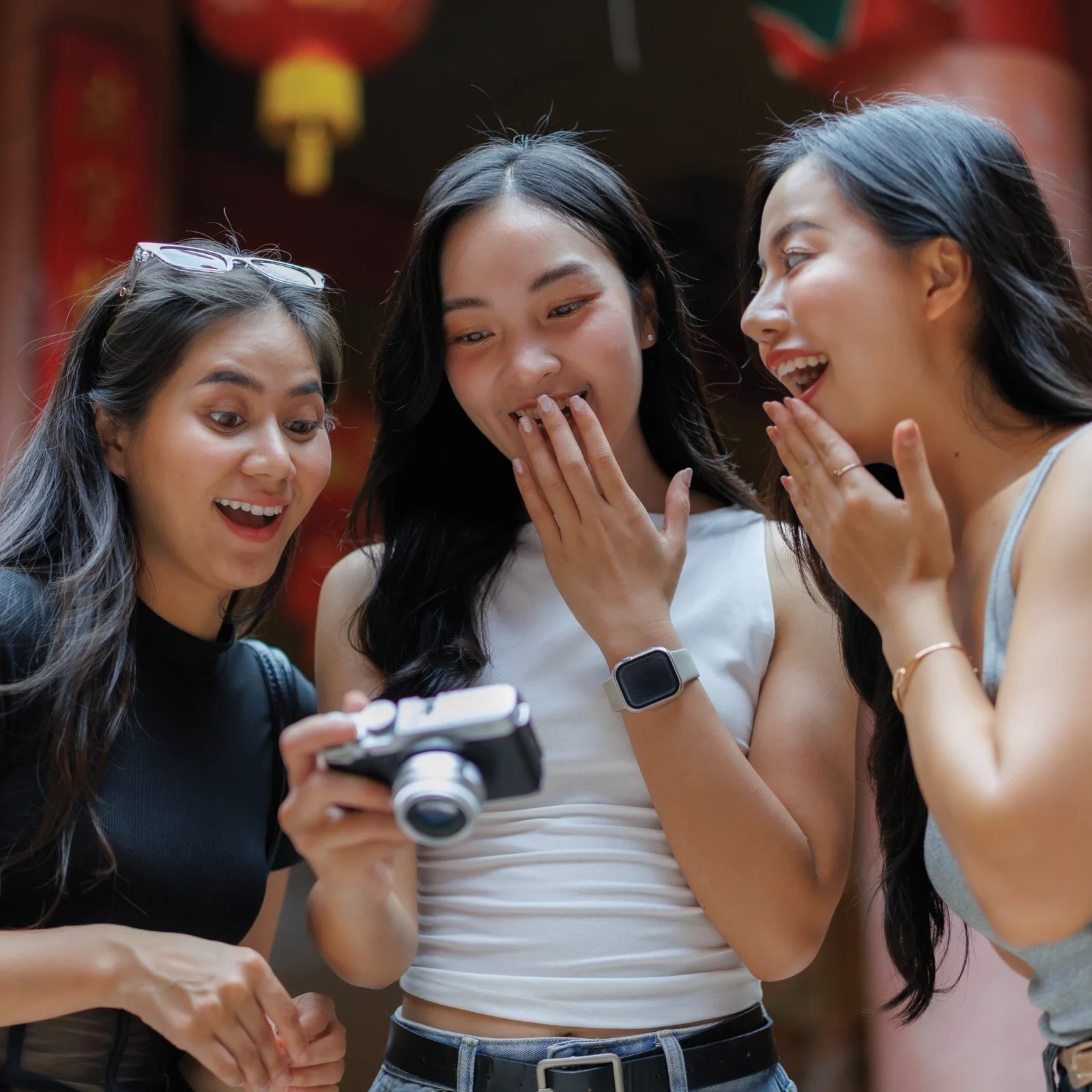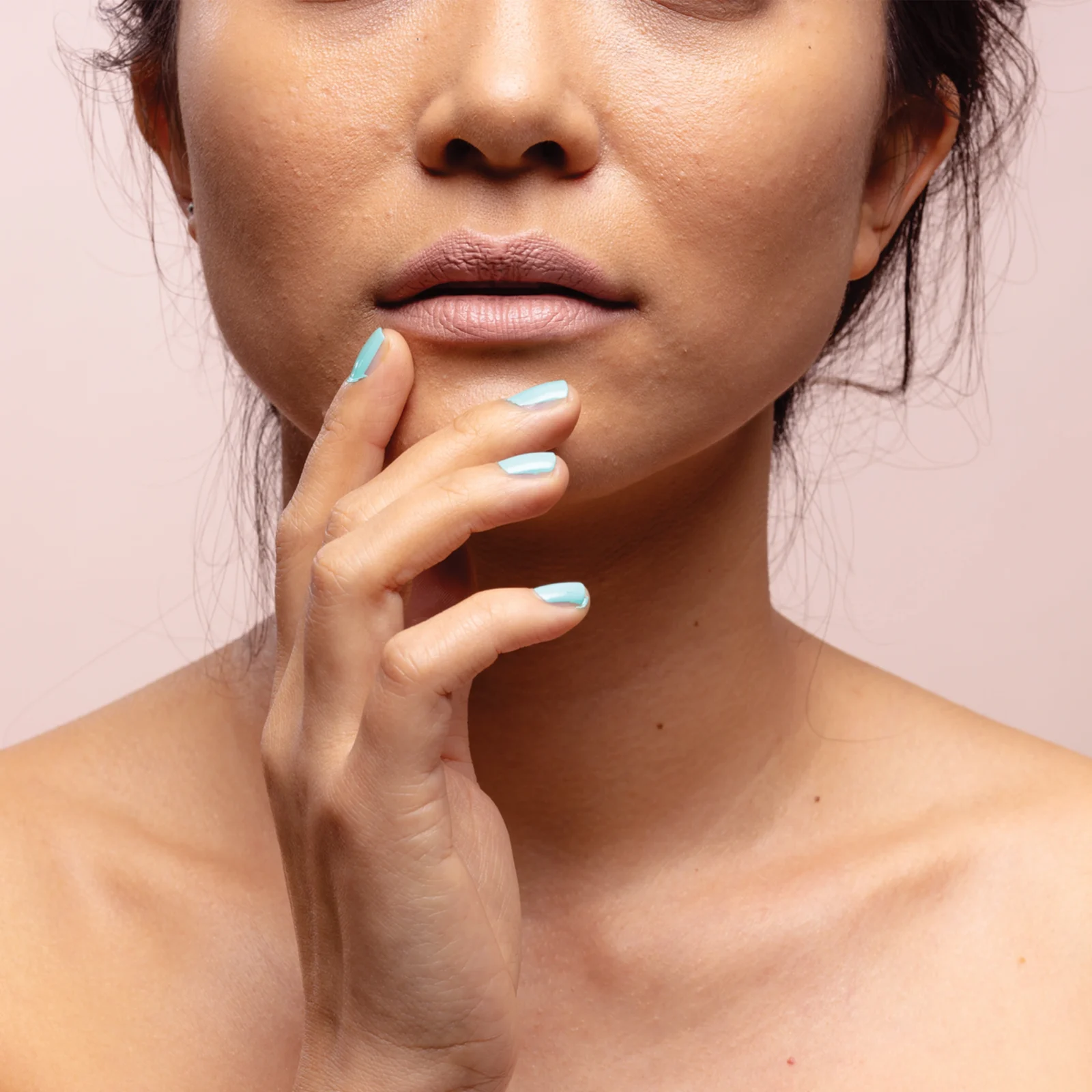Does Filipino Skin Respond Differently to Botox?
Dermatologists tell us why Botox treatments may be different for Filipinos.
By Ria de Borja
Botox has long been standardized around Western faces. But does it behave the same on Filipino skin? We posed this question to two dermatologists, who shared their experience while giving us an insight on the future of injectables in the Philippines.
Filipino skin physiology and Botox response
According to Kaycee Reyes-Bacani, MD, a board-certified cosmetic surgeon and founder of Luminisce Holistic Skin Innovations, Filipino skin has its own set of advantages when it comes to injectables.
“Our skin is about 25 to 30 percent thicker than Caucasian skin, which means there’s less chances of bruising, more controlled results, and lower risk of side effects. Filipino facial muscles are also typically smaller, so we need less product, which means treatments cost less and last longer,” she says.
The higher melanin content in morena skin also means that any temporary redness or marks from injections fade more quickly and are less noticeable during the healing process. Additionally, the collagen density in darker skin tends to maintain elasticity longer, which also reduces the likelihood of patchy or uneven outcomes that can sometimes occur with thinner skin types.
The art of subtlety: Dosage and technique
For Anna Palabyab-Rufino, MD, board-certified dermatologist and founder of BeautiqueMD, another consideration apart from melanin is dosage and your doctor’s approach. “[Injectables are] highly dose-dependent, and there is already a unique technique that your injector has developed. It depends on the style it’s injected and the amount you put in. Most Asians, most Filipinas, want it to be subtle. We want movement, but without lines. So I will put less depending on the areas where you need it. I tend to be more conservative and put a little less, with room for adjustments later on.”
This conservative approach aligns with Filipino beauty ideals that prioritize natural-looking results over dramatic changes. The “less is more” philosophy not only respects cultural preferences, but also allows for gradual enhancements that can be adjusted over multiple sessions. This method also reduces the risk of overcorrection, which can be challenging to reverse and may conflict with the preference for maintaining facial expressiveness and authenticity.
Cultural myths around botox
Even though research has shown that Gen Z is more open to non-surgical enhancements, culturally speaking, many Filipinas are still hesitant or shy about getting injectables.
“One myth I’ve heard is that it’s against God’s will to change your appearance,” says Dr. Reyes-Bacani. “The reality is that many religious leaders view medical and cosmetic treatments as a personal choice. Another myth I’ve heard is that only vain people get Botox. In truth, it’s preventive healthcare, like wearing braces or using skin care. I’ve also heard that you’ll look fake or ‘retokada.’ In reality, good Botox is invisible; people think you look refreshed. Here’s another myth: Your face will sag if you stop. In truth, your face returns to its usual aging process.”
“I think the most common myth is that your face will change after you do the injections,” says Dr. Palabyab-Rufino. “Another is that if you stop doing it, you’ll end up worse than when you started. That’s not necessarily true. Just think of it as something that gradually wears off,” she says. Over time, if you don’t do any other treatments or procedures, your face goes back to its original state, or the way it was before you got the injectables. It is as if you never got injected with Botox at all.
Education remains crucial in dispelling myths, particularly within Filipino communities where beauty decisions are often influenced by family opinions and cultural values. By understanding the temporary and reversible nature of Botox, more Filipinas can make informed decisions based on facts. Research on Asian skin types is also helping to build confidence among both practitioners and patients in the safety and efficacy of these treatments.
What’s next: The future of injectables in the Philippines
The landscape of cosmetic injectables in the Philippines is evolving rapidly, driven by three key forces: advancing technology, shifting cultural attitudes, and changing beauty standards.
Technology is making treatments more accessible and effective. “Technological improvements are coming, such as longer-lasting formulations, AI-assisted treatment planning, and micro-needling with toxins for skin texture,” says Dr. Reyes-Bacani. These advances mean fewer appointments, more precise results, and treatments specifically designed for different skin types and concerns.
Culturally, Filipino attitudes toward cosmetic procedures are becoming more accepting. “Based on my research, Gen Z is more open to preventive treatments, with social media normalizing cosmetic procedures and K-beauty influence reducing stigma,” notes Dr. Reyes-Bacani. This generational shift reflects a broader move toward viewing injectables as self-care rather than vanity.
The challenge lies in overcoming misinformation and unrealistic expectations. “People are starting to see excellent, natural-looking jobs,” observes Dr. Palabyab-Rufino, “but there is a lot of media, especially social media, that has been demonizing certain products. Done properly, in the hands of the right injector or right doctor, you can achieve very natural-looking results.”
For Filipino women considering injectables, the future offers more options and better outcomes than ever before. The key is finding practitioners who understand both the science of the procedures and the cultural nuances of Filipino beauty standards. The future is personalized, subtle and has culturally informed treatments, something that Filipinos may have been seeking all along.
The decision to get injectables ultimately comes down to personal choice and finding the right balance between enhancement and authenticity. With better education, improved technology, and practitioners who understand Filipino skin and aesthetic preferences, injectables can be a tool for confidence.
Because when done responsibly and with cultural understanding, Botox isn’t about changing who you are—it’s about feeling more like yourself.
You might also like
To provide a customized ad experience, we need to know if you are of legal age in your region.
By making a selection, you agree to our Terms & Conditions.







